The sole new intake this week was an adult red shoulder found grounded in the rain by a gentleman out with his dogs. The poor bird was sopping wet and his feathers were full of mud that he still hadn’t fully preened out when he had x-rays at Smalley’s Animal Hospital the following day—the grit clearly shows on the x-ray, which also shows his right “hand” is fractured but the bones aren’t badly displaced and so vet Peggy Hobby feels fairly confident this should be an injury that will heal to allow flight.
The barnie is eating well and zipping from one end of the raptor flight to the other when I go in to feed him.
- Keep your cats indoors— this is safer for both wildlife AND cats. Indoor cats won’t attack birds, squirrels or rabbits, and they won’t run the risk of attack themselves by larger predators, disease or injury from fighting, or being run over. It’s a win-win situation.
- Avoid the use of pesticides, insecticides, and rodenticides. Insecticides and pesticides on your plants kill bird food (insects). If the birds eat the poisoned insects, they die. If they feed poisoned insects to their babies in the nest, the babies die. They also get on the birds’ skin/feathers and are ingested when they preen, resulting in death. Further, the chemicals can rub off the adult birds’ skin/feathers onto the nestlings and kill them. As for rodenticides, while you may think they’re a great way to control mice and rats, let me again point out that they have unintended victims. Poisoned rodents are eaten by raptors, who then succumb to the same poisons that killed the rodents. Also, domestic pets and children have been known to eat the rodenticides, with disastrous results.
- Allow a few “weeds” in your yard. Dandelions, for example, are much-beloved by bees, birds and rabbits—and they have quite a few old folk-remedy uses, as well, as you can read about here: http://www.umm.edu/health/medical/altmed/herb/dandelion.
- Create a wildlife haven in your yard. It’s not difficult: a few feeders for the types of birds you want to attract (and clean the feeders regularly); water sources (changed daily to avoid breeding mosquitoes) that can be as simple as a few shallow dishes set on the ground or on picnic tables; brush piles/shrubs in a corner of the yard to provide cover and potential nesting spots for birds and small mammals; a small plot “ignored” by the lawn mower and perhaps even planted with native-to-your-region wildflowers and shrubs; leave snags (dead trees) for cavity nesters such as bluebirds, flying squirrels, woodpeckers and screech owls; put up nest boxes for bluebirds, screech owls, barn owls and other species that will readily use them.
- No tree trimming or felling from March-September. Actually, I’d say there’s really no good time to trim/fell trees, as March to September is prime songbird nesting season, but owls have eggs/babies in the nest as early as January/February, and it’s not uncommon for squirrels—gray, fox and flying—to have babies in their nests by mid to late February and again throughout the fall, beginning as early as August and running through November. So at the very least, check the tree very carefully if it absolutely must be trimmed/felled, and don’t forget some birds, like woodpeckers and screech owls, are cavity nesters. Leave those snags (dead trees) standing unless they threaten your roof. Woodpeckers adore the insects they find in snags, and the snags also make great nest sites for cavity nesters.
- Learn the name and contact number of your local wildlife rehabber. Share it with friends and relatives. Hope you never need it, but have it handy in case you do. In this day and age, there’s no reason not to just go ahead and program it into your phone!
- Donate to your local rehabber. Remember that rehabbers receive no state or federal funding, so consider a monthly donation. Every little bit helps!
- Get outside more often and become aware of your environment, especially your own yard. Learn what species are normal for your yard. Get a good bird book and learn to at least identify the birds you see most commonly in your back yard. You’d be surprised how many people can’t identify common back yard birds like mockers, cardinals, wrens, titmice, chickadees and blue jays. For Georgia residents, I’d recommend Birds of Georgia by John Parrish Jr. & Giff Beaton and Birds of Georgia: A Field Guide by Stan Tekiela. For a general bird guide, I like Sibley’s. Go outside at night and listen for the night birds that you may never actually see, like the various species of owls and nighthawks—and even nocturnal mammals like flying squirrels that you’re more likely to hear than see. Your yard is its own little ecosystem; become familiar with it!
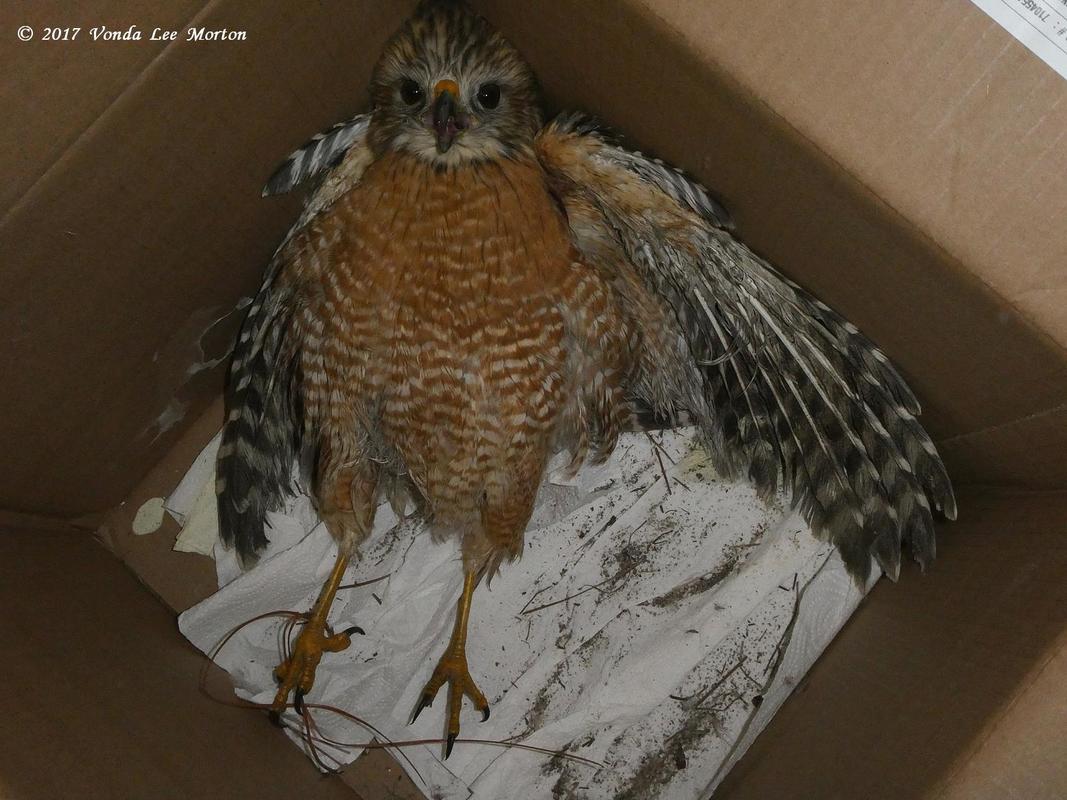
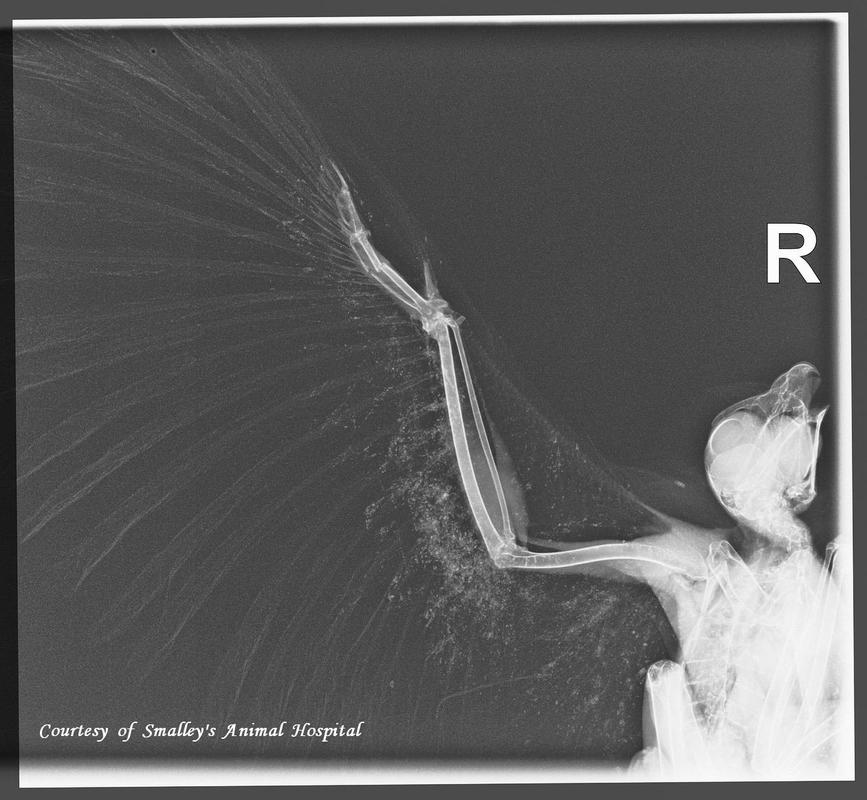
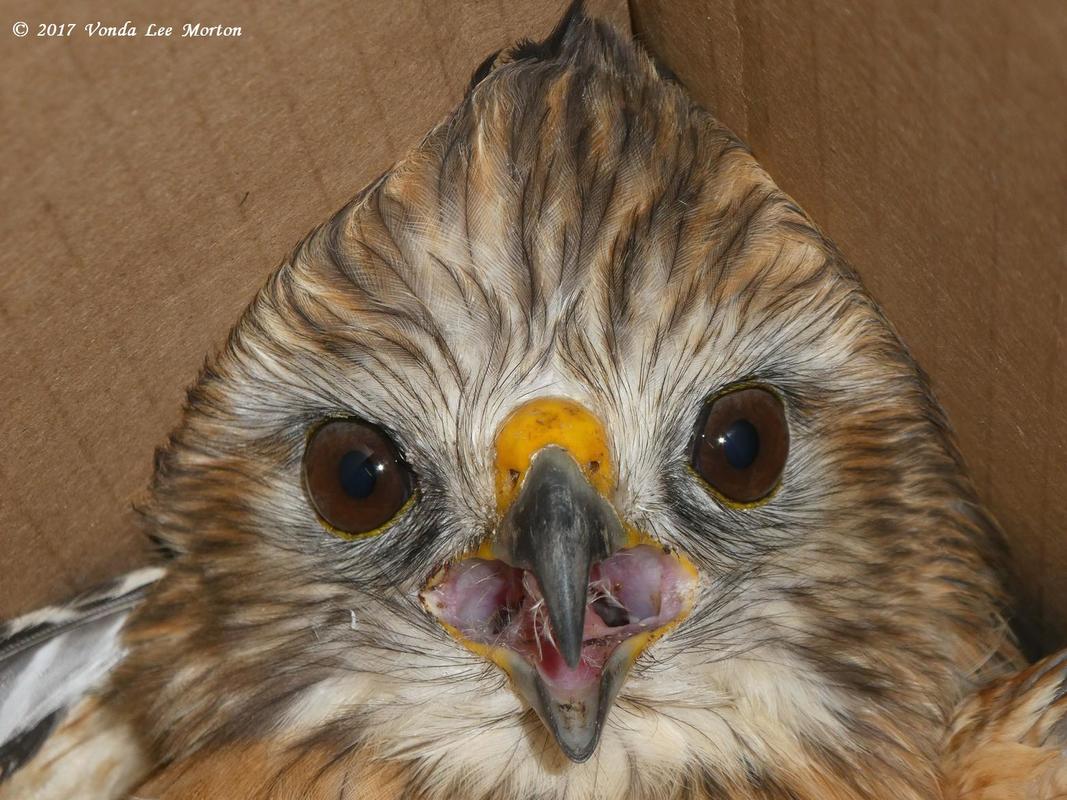
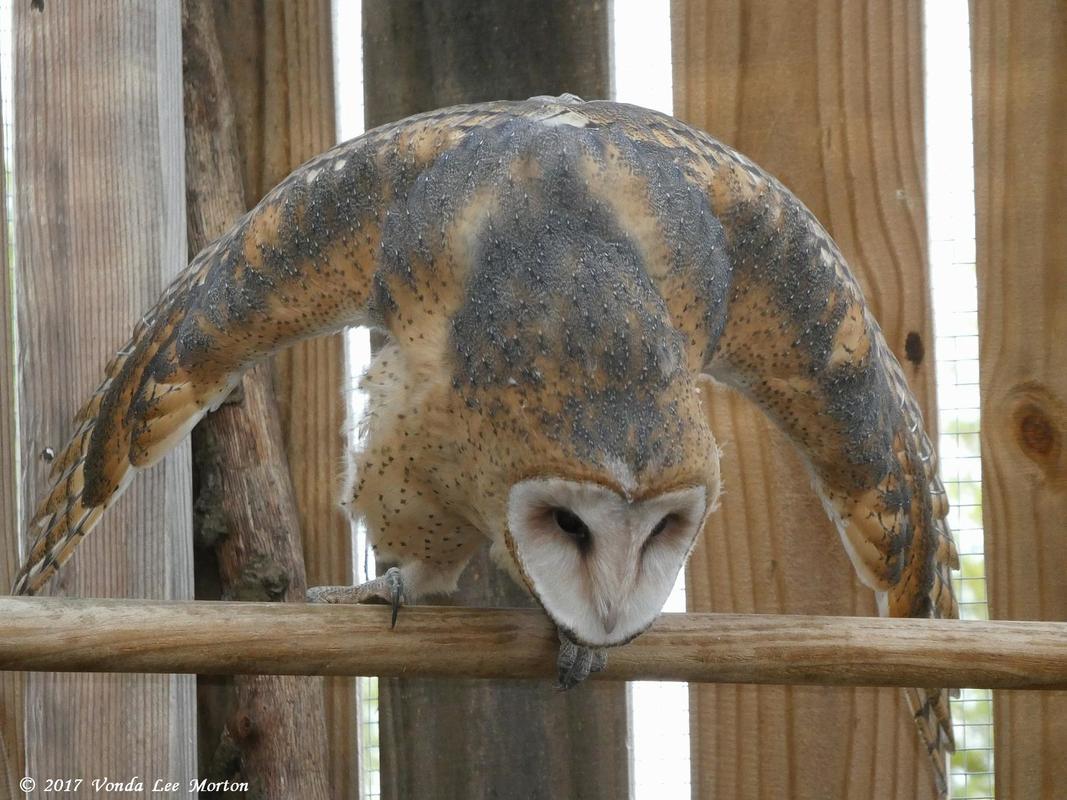

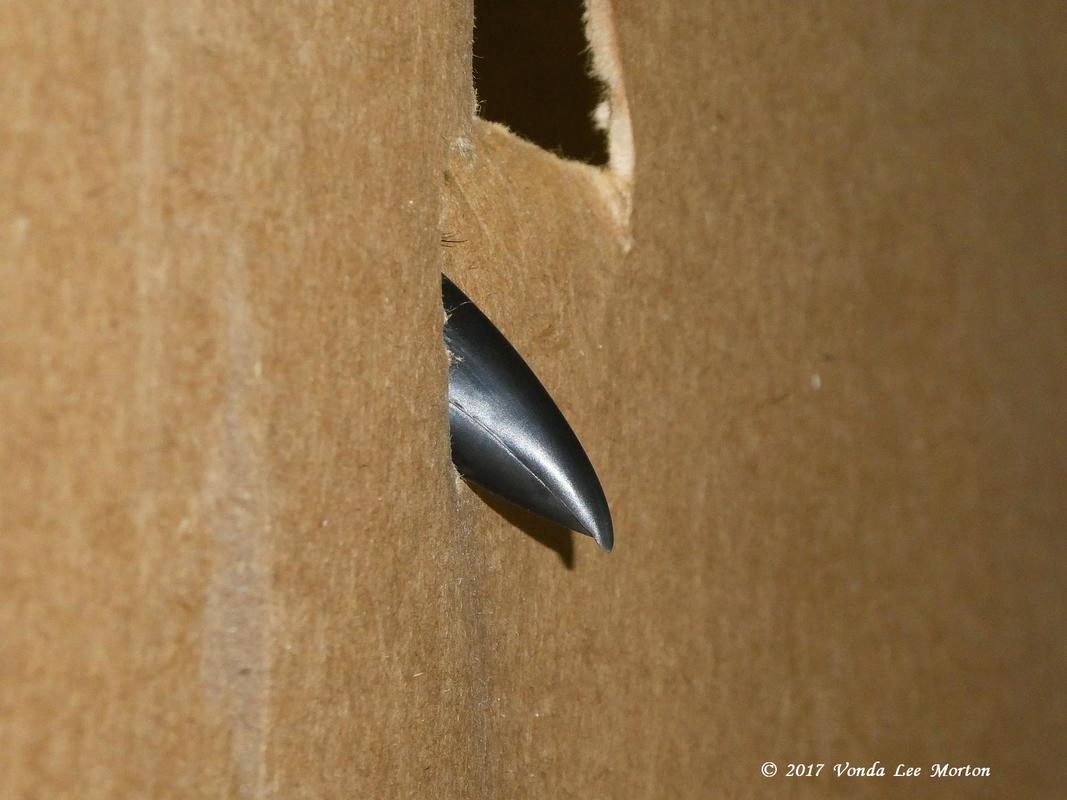

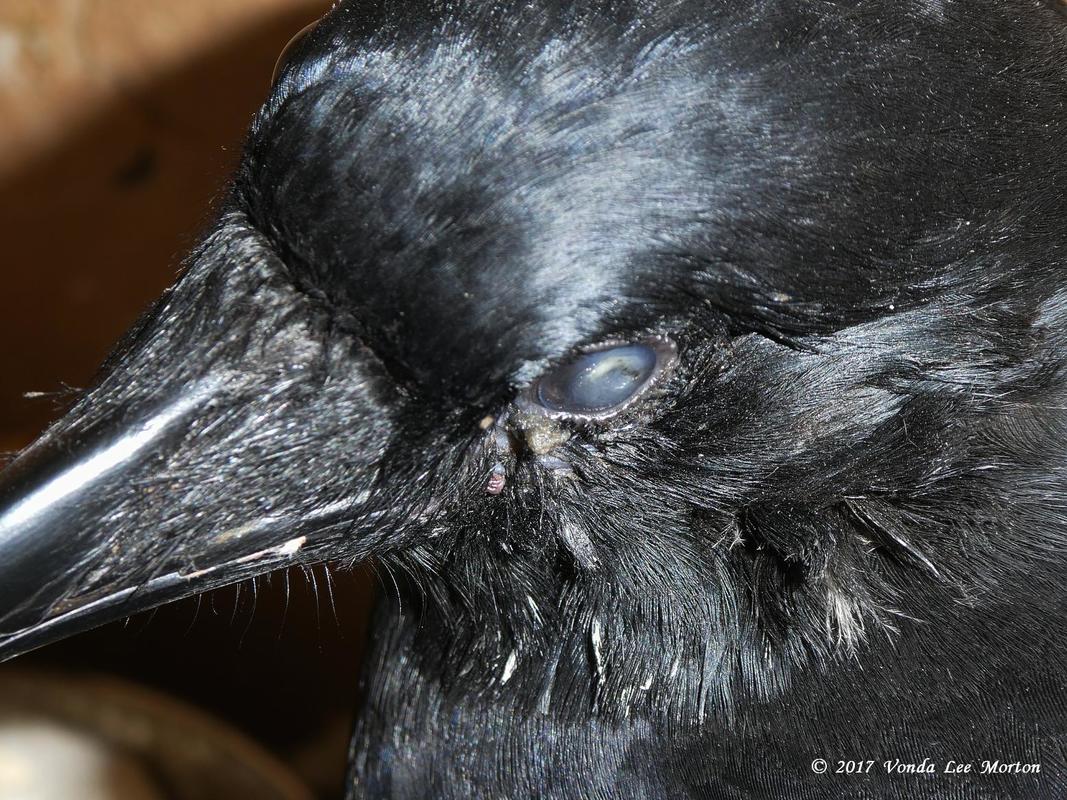
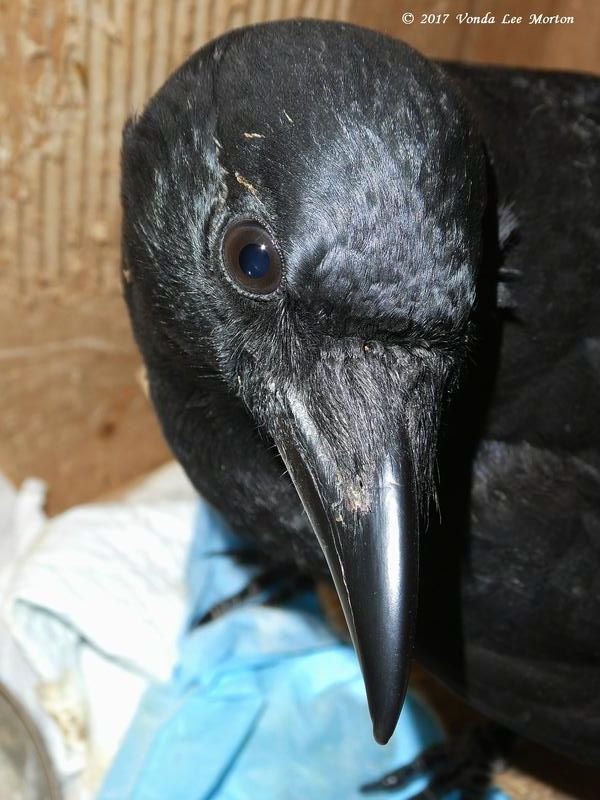
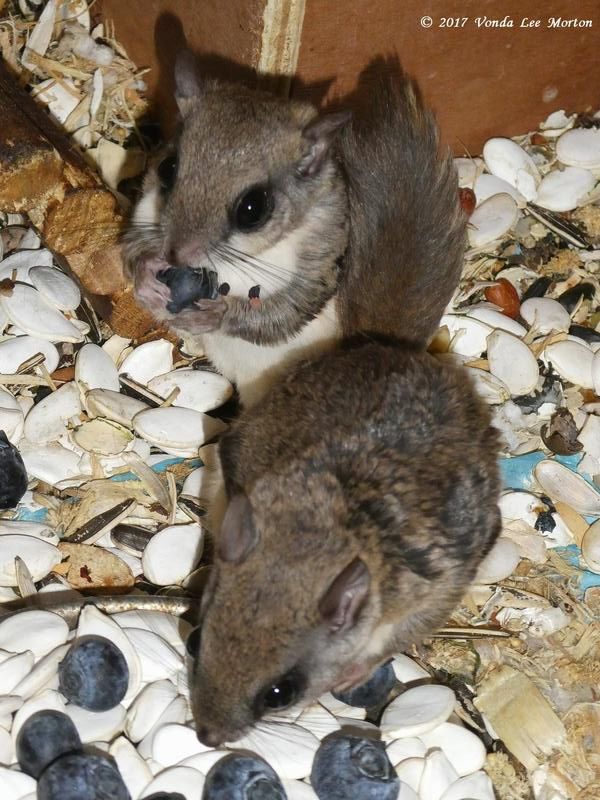
 RSS Feed
RSS Feed
